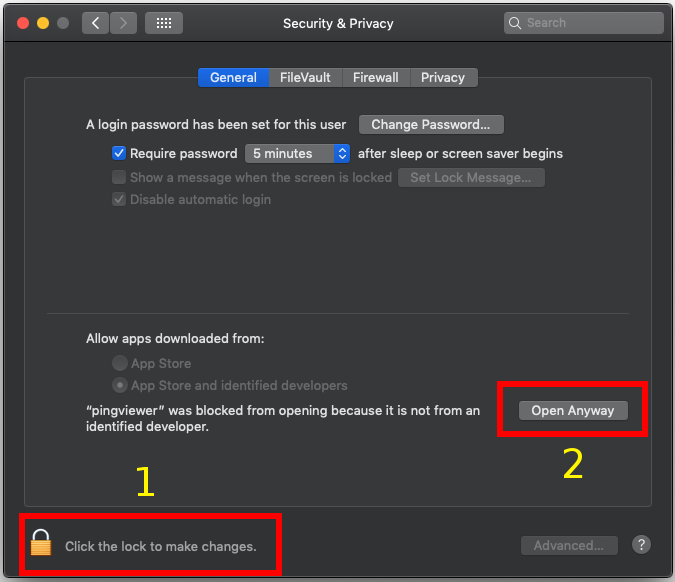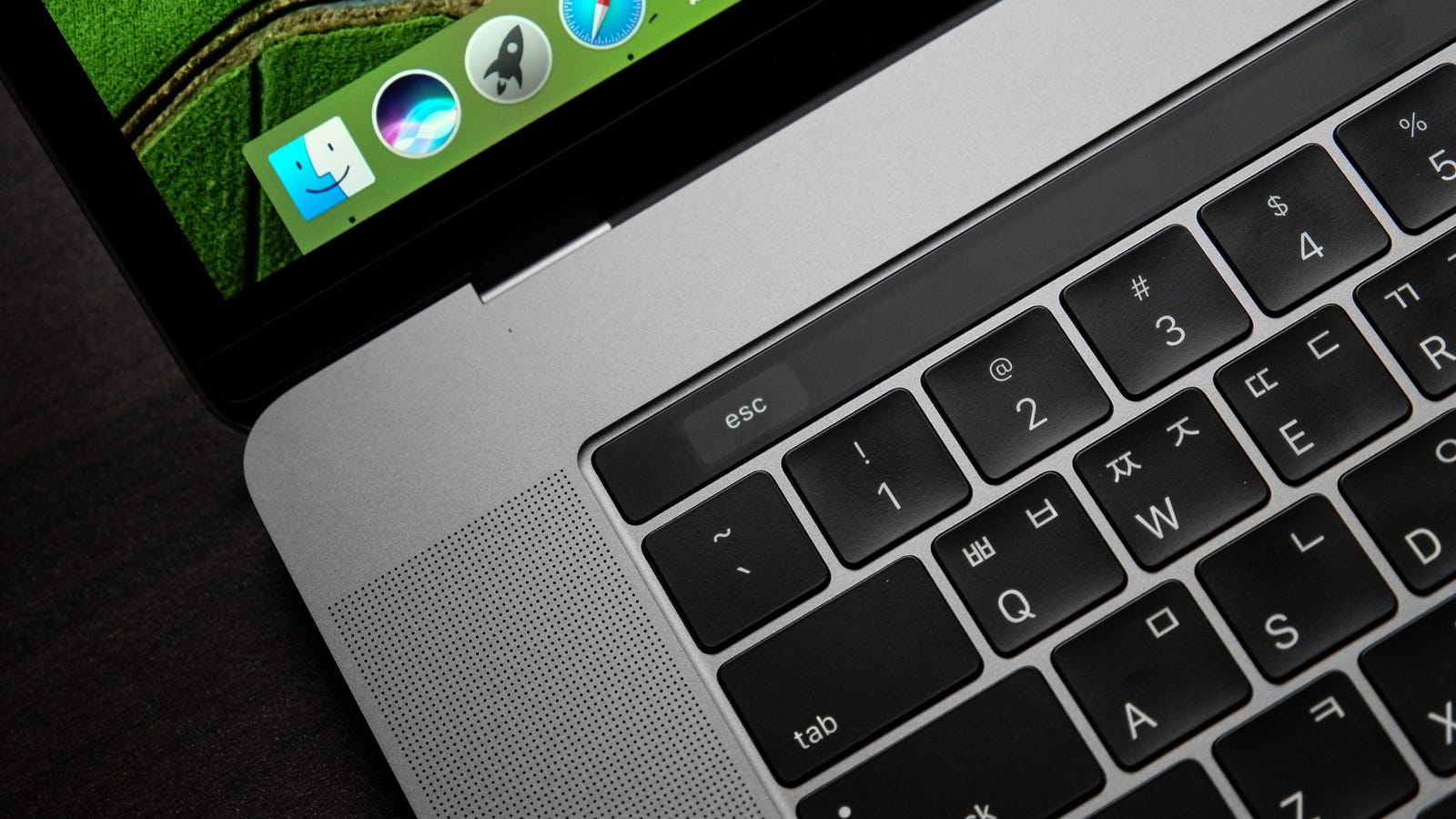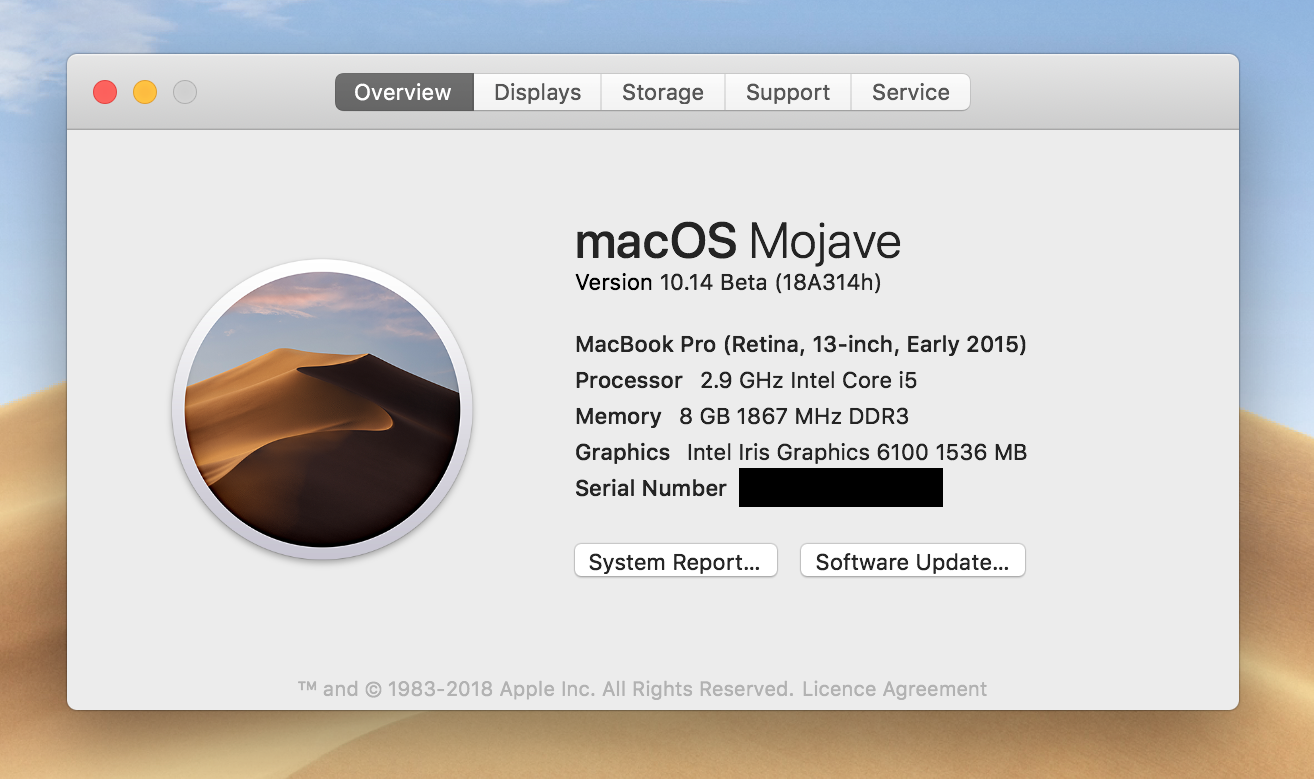

・Restore from backup (return to original settings) ・Details, list, side by side, content, small icon, medium icon, large icon display Added columns for folder name, version, type, folder path, access date and time, file extension, content type, folder, attribute, category, recognized type, and path. ・Set the display of all folders except "This PC" and "Network" WinSetView provides an easy way to globally set how folders are displayed in Windows Explorer.For example, if you enable all folders to display specific information in columns, or if you want a detailed view for all folders, this tool will do that for you. You can now quit Terminal and eject the volume.A tool to collectively set how folders are displayed in ExplorerĪ tool that allows you to collectively set how folders are displayed in Windows Explorer.You can add columns such as "folder name", "creation date", "file path", and "owner" to the folder display, and change the display of "PC" to detailed display.


After the volume is erased, you may see an alert that Terminal would like to access files on a removable volume.Terminal shows the progress as the volume is erased. When prompted, type Y to confirm that you want to erase the volume, then press Return.Terminal doesn't show any characters as you type. When prompted, type your administrator password.If the volume has a different name, replace MyVolume in the command with the name of your volume. Each command assumes that the installer is in your Applications folder, and MyVolume is the name of the USB flash drive or other volume you're using.

Type or paste one of the commands below into Terminal, then press Return to enter the command.Open Terminal, which is in the Utilities folder of your Applications folder.Plug in the USB flash drive or other volume that you're using for the bootable installer.


 0 kommentar(er)
0 kommentar(er)
